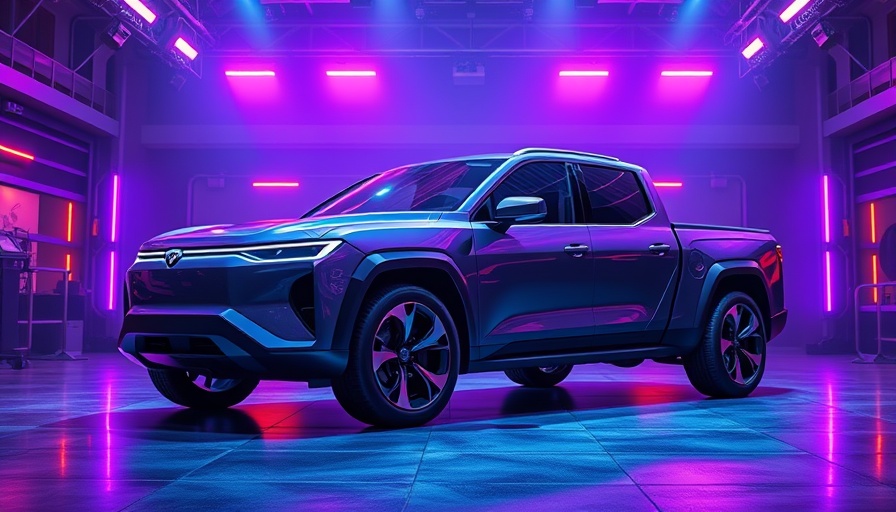
Unlocking the Future of AI: Meta’s Llama Breakthroughs
In a bold statement that positions open-source AI at the forefront of innovation, Meta Platforms Inc. recently unveiled its latest models in the Llama family. These advancements reflect a serious commitment to elevating AI capabilities, with Mark Zuckerberg himself emphasizing their significant role in the tech landscape. This latest iteration, dubbed Llama 4, is not only powerful but reshapes the way businesses can engage with artificial intelligence.
The Llama Models: A New Era of Multimodal AI
The Llama 4 series showcases two distinct models: Scout and Maverick, each optimized for different tasks but united by their impressive 17 billion active parameters. Llama 4 Scout is touted for efficiency, performing remarkably well on just a single Nvidia H100 graphics processing unit. Businesses can now use this kind of AI to execute decentralized tasks swiftly and with minimal supervision, a key advantage in today’s fast-paced environment.
Llama 4 Maverick adds another layer of sophistication by tackling complex operations such as code writing and creative problem-solving. Meta claims that it outperforms competitors like OpenAI's GPT-4o while maintaining a greater cost-effectiveness. With multimodal capabilities, these models can handle text, images, audio, and video, offering comprehensive solutions for varied business demands.
The AI Agent Revolution: What it Means for Business Leaders
Chris Cox, Meta’s Chief Product Officer, has described Llama 4 models as a foundation for future AI agents that can reason and interact autonomously. This opens avenues for businesses to effectively automate tasks, enhancing productivity without human intervention. Such a development is particularly crucial for managers looking to streamline operations while leveraging technological advancements for competitive advantage.
Peer Comparison and Energy Efficiency
A notable highlight of the Llama models is the Mixture-of-Experts (MoE) architecture. Unlike traditional models, which require full deployment for every task, MoE technologies activate only relevant segments of the model, prompting notable energy savings and efficiency gains. This efficiency not only benefits Meta but sets a precedent for other developers in the AI space, who may also seek to reduce operational costs while delivering advanced capabilities.
Conclusion: Seizing the Opportunities Ahead
As business leaders explore the integration of advanced AI solutions like Meta's Llama, understanding their capabilities and applications is essential. The ongoing advancements highlight not just the efficiency potential but also the transformative impact on everyday business operations. By embracing these technologies, companies can prepare to navigate the exciting yet unpredictable waters of a digitized economy.
 Add Row
Add Row  Add
Add 










Write A Comment